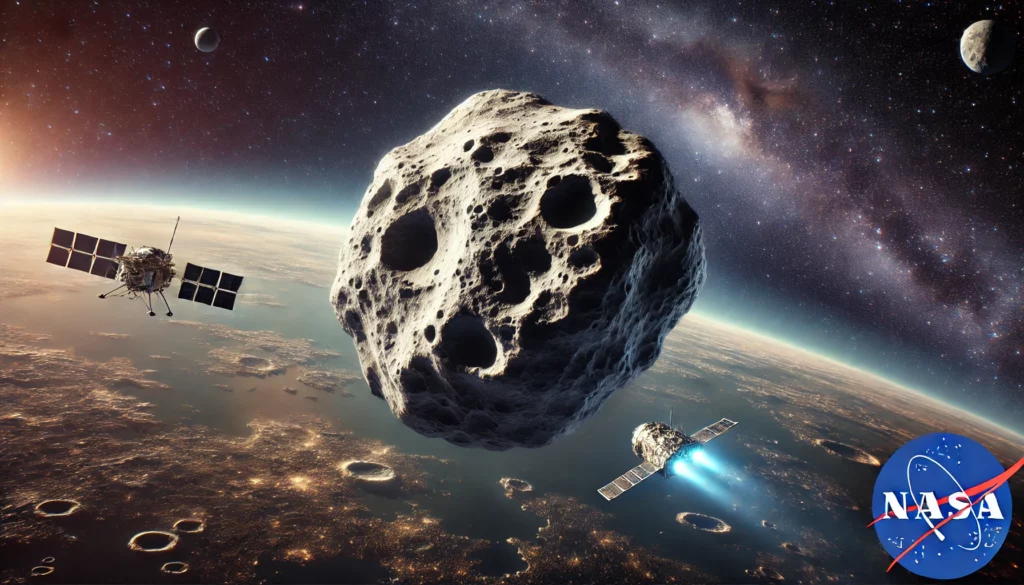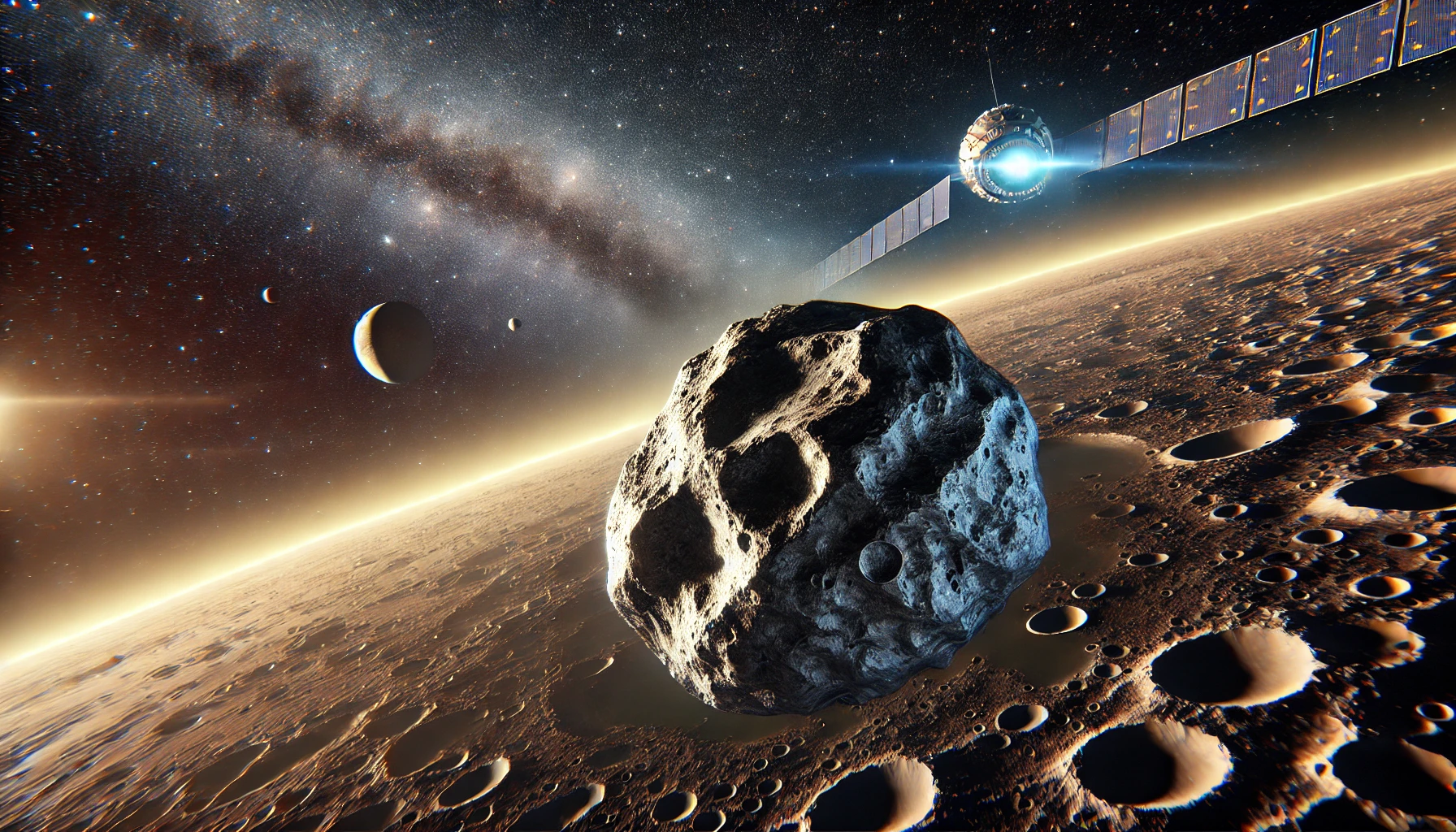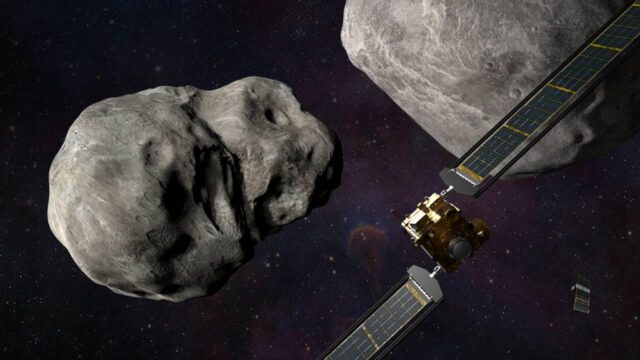Named Psyche, this celestial body is rich in rare metals such as platinum and palladium, essential for our terrestrial technology. Discovered by Italian astronomer Annibale de Gasparis on March 17, 1852, Psyche was named after the Greek goddess of the soul. This asteroid, sometimes referred to as 16 Psyche because it was the sixteenth asteroid to be discovered, orbits the Sun between Mars and Jupiter.
The sheer value of Psyche is tied to its unique composition. NASA estimates that the asteroid, which spans approximately 173 miles (280 kilometers) in diameter, is composed of 30 to 60 percent metal. This includes not only platinum and palladium but also significant quantities of nickel and iron. Scientists believe Psyche is the exposed core of a planetesimal, one of the building blocks of our solar system. This makes Psyche not only a potential goldmine but also a key to understanding the violent history of collisions and accretion that formed terrestrial planets.
A planetesimal is believed to be responsible for the giant impact that formed our Moon. Psyche offers a unique window into the violent history of collisions and accretion that created terrestrial planets. By combining radar and optical observations, scientists have generated a 3D model of Psyche that suggests there is significant variation in the metal content and color of the asteroid over its surface. However, until a spacecraft can closely examine Psyche, its true nature remains a mystery.
Psyche mission is already on its way

Psyche orbits the Sun at a distance ranging from 235 million to 309 million miles (378 million to 497 million kilometers). This distance is approximately three times farther from the Sun than Earth. Reaching Psyche from Earth would take about six years. Despite these challenges, NASA’s Psyche mission is already on its way. Launched in October 2023, the mission aims to reach the asteroid by 2029. The spacecraft will map Psyche’s surface, study its composition, and help scientists understand more about the history of our solar system.
NASA’s motivation for the Psyche mission extends beyond the pursuit of wealth. The mission is driven by scientific curiosity to learn more about how the Earth’s core and the cores of other rocky planets came to be. Understanding Psyche’s composition and structure could reveal insights into the processes that shaped the early solar system.
However, the potential for mining Psyche has also captured the imagination of many. Philip Metzger, a planetary physicist at the University of Central Florida, believes that the only difference between mining on Earth and on an asteroid is the need for equipment that can withstand low-gravity and high-radiation conditions. This equipment also needs to function autonomously since it could take more than 20 minutes for a radio wave containing instructions to reach an asteroid, especially if it’s on the other side of the Sun.
Asteroid Psyche mining tested in lab
Metzger asserts that while the technology to mine asteroids is not yet ready for use, it exists and has been tested in laboratories. On NASA’s Technology Readiness Levels scale, which ranges from 1 to 9, current equipment for space mining sits between a 3 and a 5. “The technologies need to be advanced—about a 6 to 7—before we’re ready to start building a flight mission,” Metzger said. “What’s lacking right now is funding.”
Despite the challenges, experts believe that progress towards asteroid mining will likely come from the private sector. Kevin Cannon, of the Colorado School of Mines’ Space Resources Program, notes that making the case for mining asteroids is not straightforward. Bringing materials back to Earth would be astronomically expensive, and the value of platinum group metals is currently declining. However, Cannon points out that asteroids like Psyche might be an important source of materials needed for space exploration and settlements.
For example, water extracted from a water-rich asteroid could be split into hydrogen and oxygen and used as rocket propellant to refuel spacecraft. Metals mined from asteroids could be transformed into large structures and human bases in space. “There’s no magic technology that we have to invent to mine asteroids. We have the technology,” Cannon added. “It’s a matter of having the will to do so and putting the capital towards doing it.”
The future of asteroid mining, whether driven by scientific curiosity or economic ambition, holds the potential to transform our understanding of space and our place within it. As NASA’s Psyche mission progresses, the world watches with bated breath, eager to unlock the secrets of this $100,000 quadrillion asteroid.














